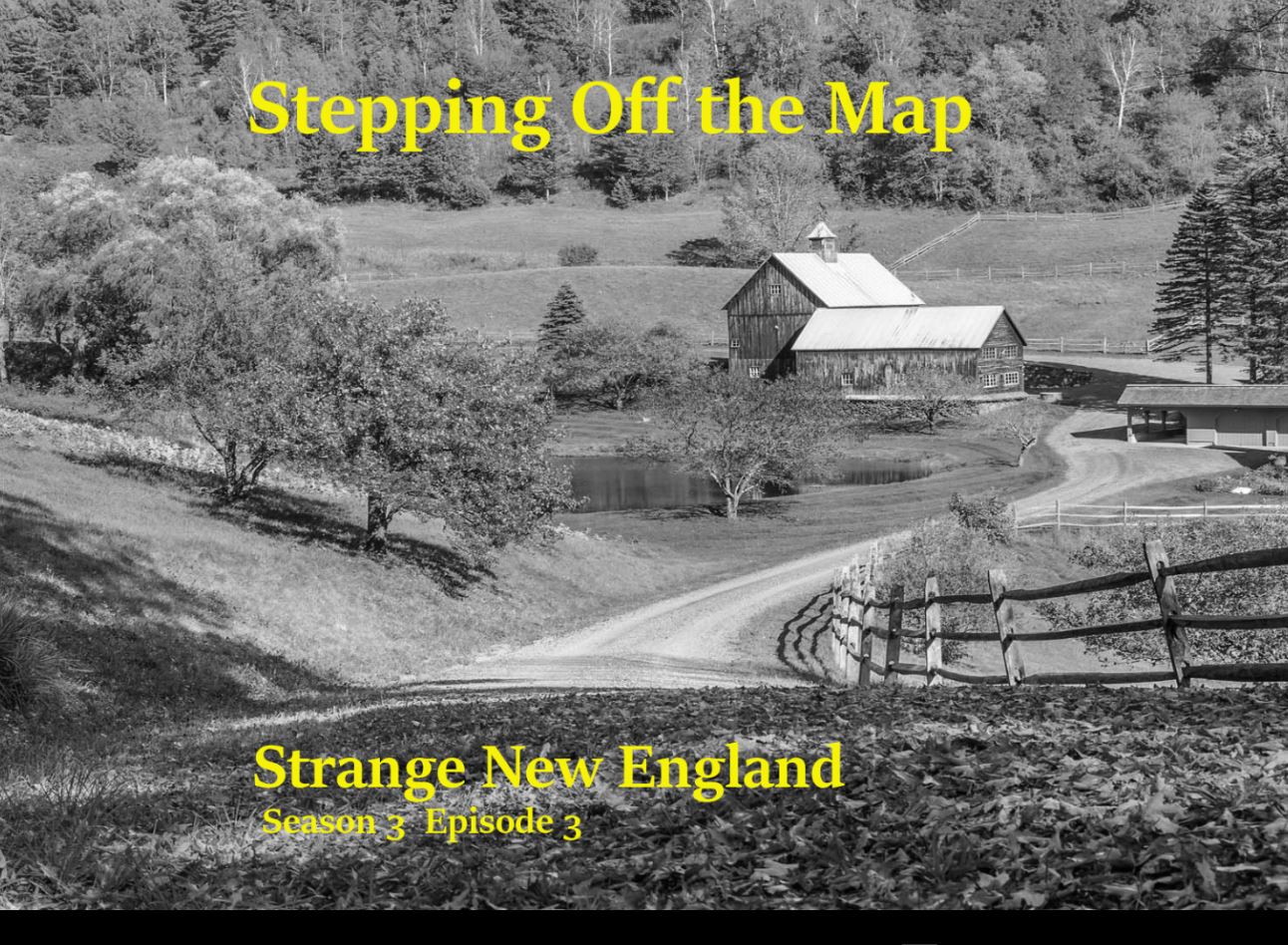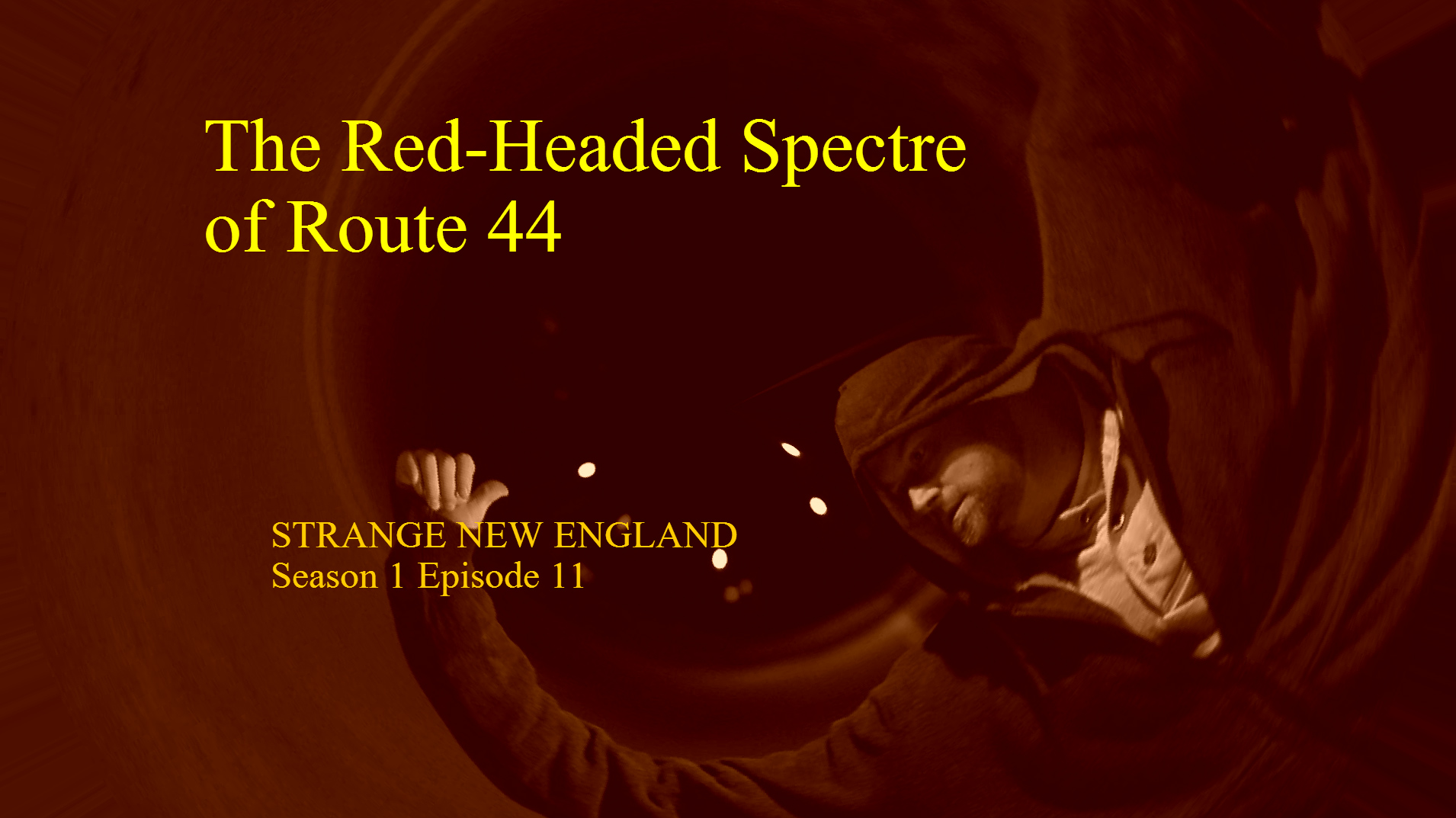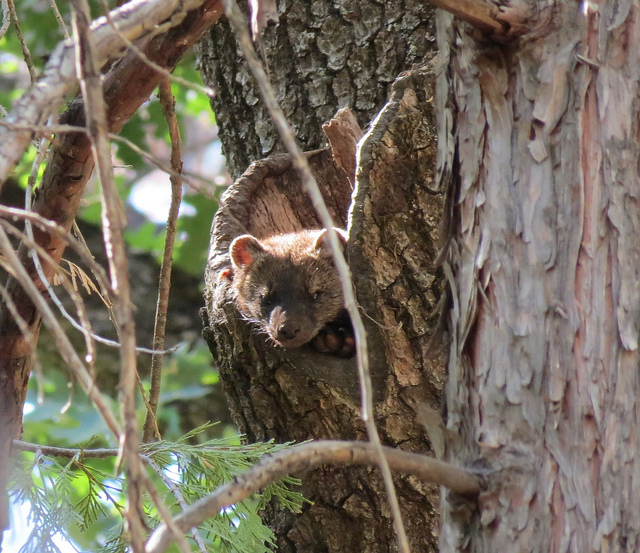This morning, I was surprised to see an article on the Bangor Daily News website about “Bigfoot”: the creature that everyone thinks about whenever the word ‘cryptid’ comes to mind. In the article, Daniel S. Green talks about Bigfoot sightings in Maine: a state that is far away from the Pacific Northwestern states where the creature was first spotted. According to Daniel S. Green, this creature has been spotted in South Gardner, Meddybemps Lake near Calais, Durham, Sullivan and Route 1A.
However, Daniel S. Green references local legends that are more disturbing than Bigfoot. These legends describe a creature that all the Wabanaki tribes described as a gigantic humanoid with an unending appetite for human flesh and a heart made of ice in the shape of a human figure. No matter its name or its origin, it is a creature that was once feared with a deep, primal dread.
The Penobscot Tribe names it “Kiwakwa” which translates into “walks about the woods”, with the name itself being a warning. The Micmac name it “Chenoo”. The Passamaquoddy name it “Apotamkin.” All versions are frightening and all were most likely told around a fireplace in the dead of winter.
Some versions, like the Passamaquoddy versions, state that there are male and female Chenoo, with females being stronger and more dangerous than males. Male Chenoo, though also cannibalistic, are more affable than their female counterparts and can be reasoned with. There are stories where humans are brave and clever enough to befriend and even cure Chenoo of their cannibalistic condition. Other versions imply that Chenoo are related to witchcraft, either that this is a curse that can be inflicted by a witch or that a powerful witch can become a Chenoo after death.
Other disturbing attributes are given to the Chenoo. It is said to have such a loud and horrible shriek that those who hear it die instantly. The Chenoo also creates its own camouflage through rubbing its body with pine resin, then rolling around on the ground to cover itself with leaf litter and fallen branches. With such a tall stature and dark disguise, it might be easy for this monster to be mistaken for a tree at a cursory glance. I’ll never look at a grey, desolate Maine forest in the winter the same way again after hearing this.
The Penobscot Version, depending on the version, state that the Kiwakwa was once a human being. But either through demonic possession or as a punishment for cannibalism or refusing to feed the starving, the human transforms in appearance and height into the tall and imposing Kiwakwa. In post-modern Maine, it is hard to imagine such a grim punishment. But back before there were any permanent buildings, when small wigwams of hide and wood (and the generosity of fellow tribesmen) were all that held back the vicious cold of winter, starvation in the cold was an ever-present threat to survival.
Most iterations, however, maintain the idea that this monster has a heart of solid ice. Sometimes it is located in the chest and other times, it sits in the stomach. The icy heart is usually in the shape of a human figure: a cold reflection of the monster’s self. A Chenoo or Kiwakwa is said to increase its power as it consumes more of the icy hearts of its own kind. Yet, ironically, this source of black magic that powers the monster is also its weakest point.
There are medicines made and given to Chenoo of an unknown recipe that make the creature vomit up its heart and the hearts of other Chenoo it has eaten. Supposedly, this will help change the Chenoo back into a human being again.
Another, more graphic way to dispose of the cannibalistic monster is to chop it into many pieces. The Chenoo or Kiwakwa can also fall to its death in some versions.
My favorite version states that the way to kill a Chenoo is to make it eat salt. Even prehistoric mainers that never had to de-ice a driveway knew how to ‘de-ice’ a frozen heart. I’ll remember that the next time I have to shovel a scoop of road salt onto my front porch.
Whatever this man-eating frost giant of the north is named and whatever it takes for him to be defeated, the Kiwakwa (or Chenoo) will not be leaving the imagination of mainers anytime soon. Just like the White Walkers of George R.R. Martin’s books, the Kiwakwa and Chenoo lurk in the colder and darker parts of the Maine imagination, reflecting the dark side that exists within us all.
Bibliography:
http://www.native-languages.org/giwakwa.htm
http://newenglandfolklore.blogspot.com/2009/01/cannibal-giants-of-snowy-northern.html
http://www.sacred-texts.com/nam/ne/al/al50.htm
http://www.sacred-texts.com/nam/ne/al/al48.htm
The spooky picture used in this article is made by Kristy Hom on Flickr.com. You can see her page to check out more of her photographic work. This image is under a creative commons license.





1 COMMENT